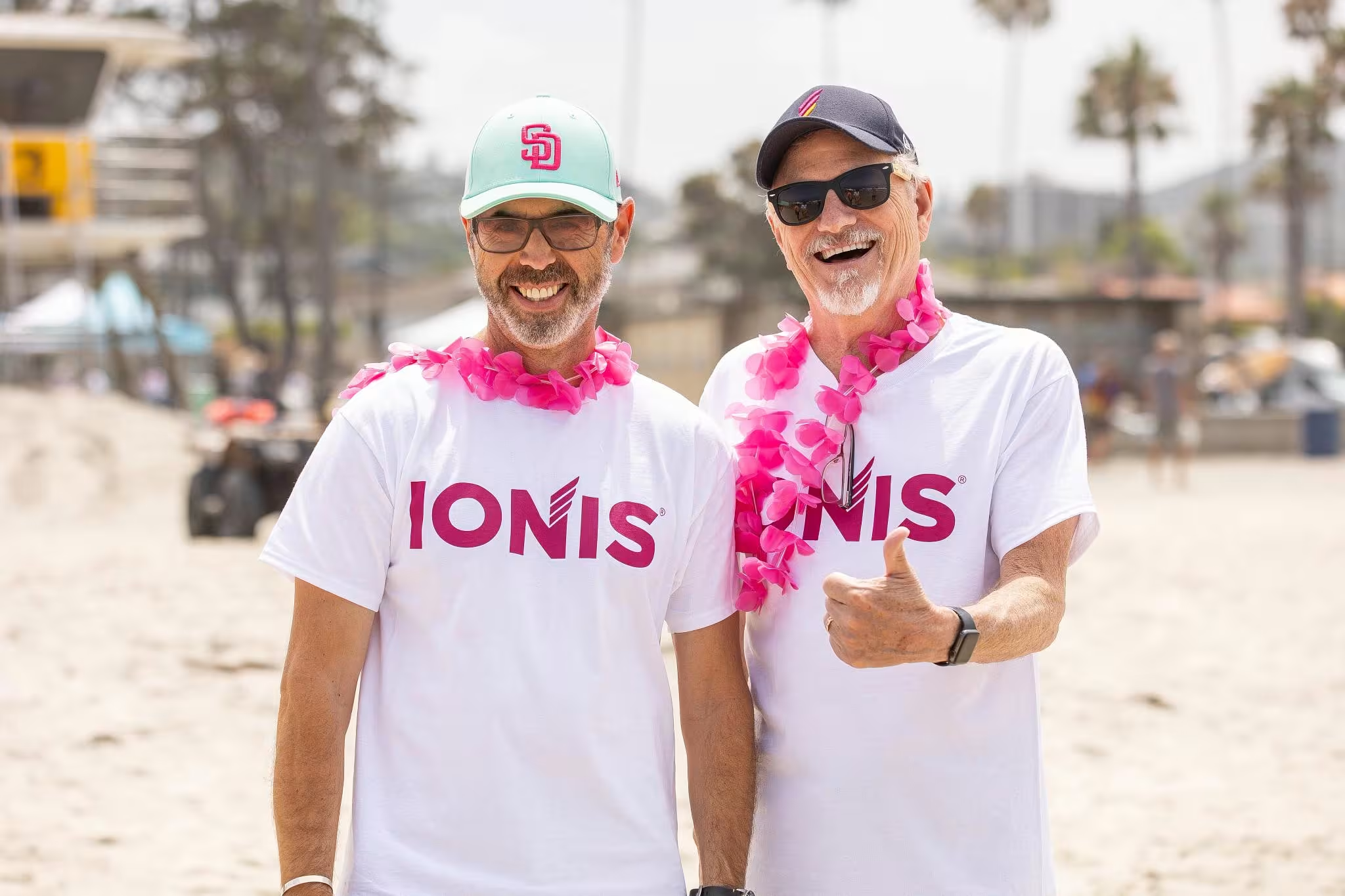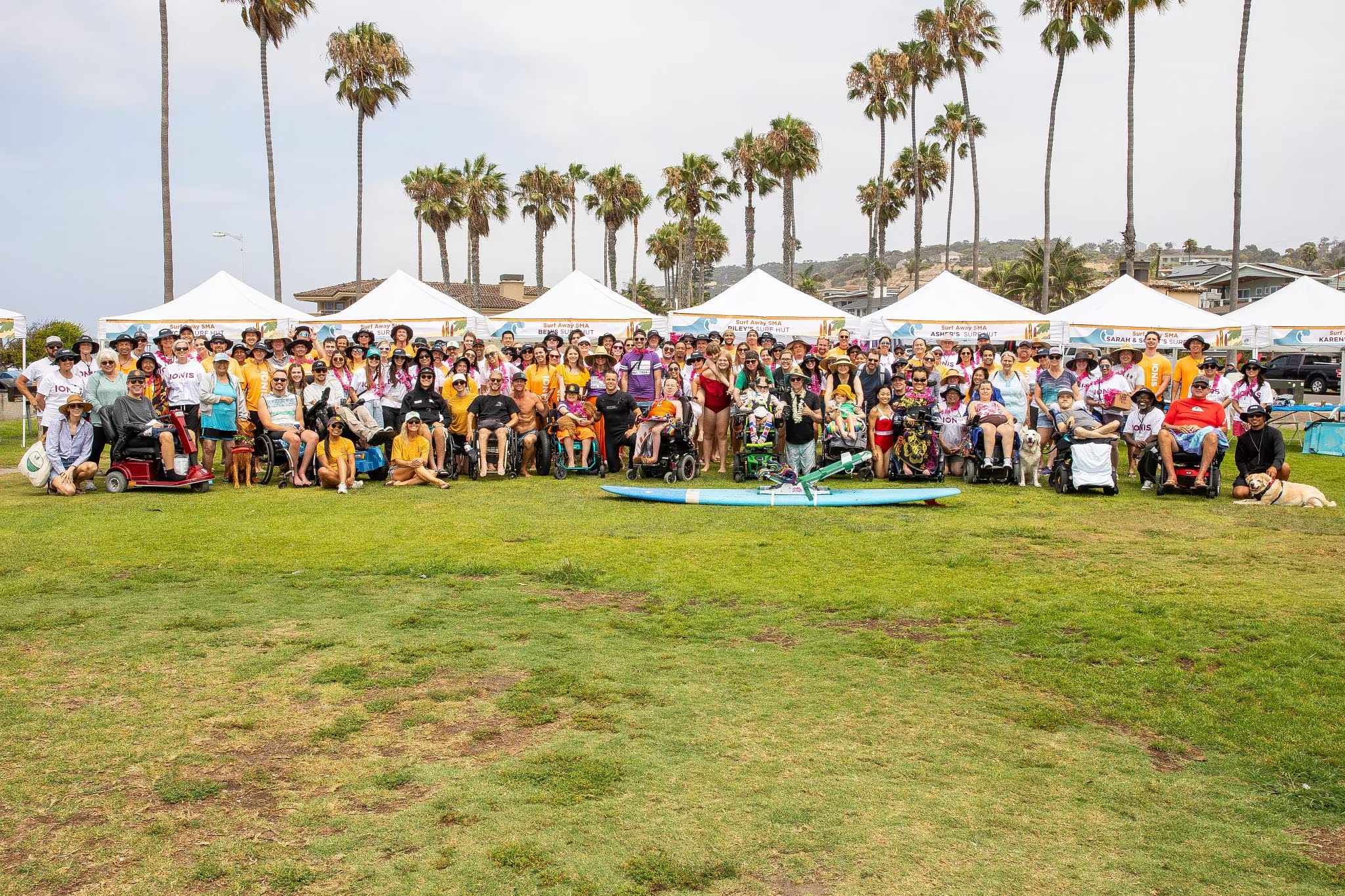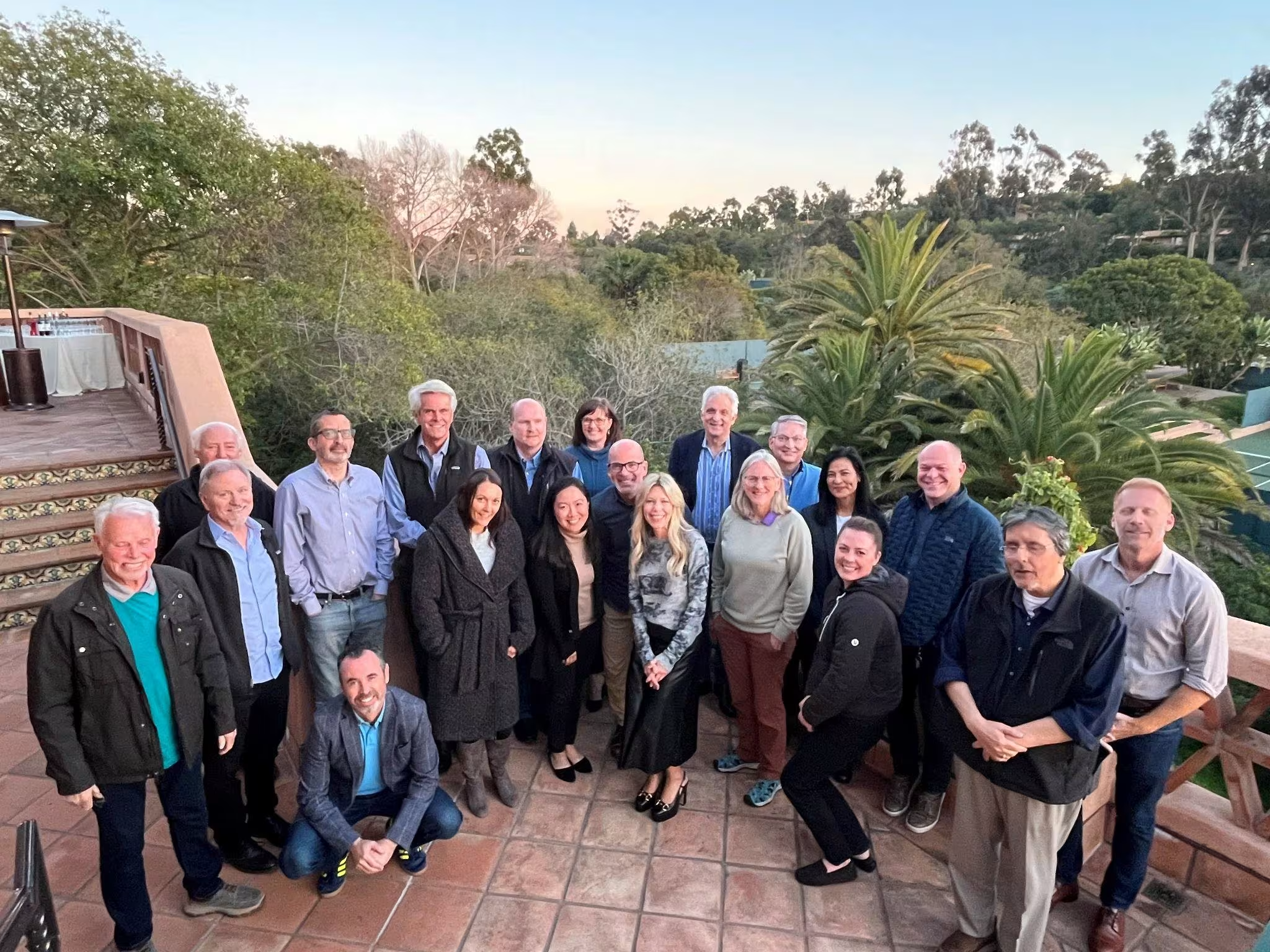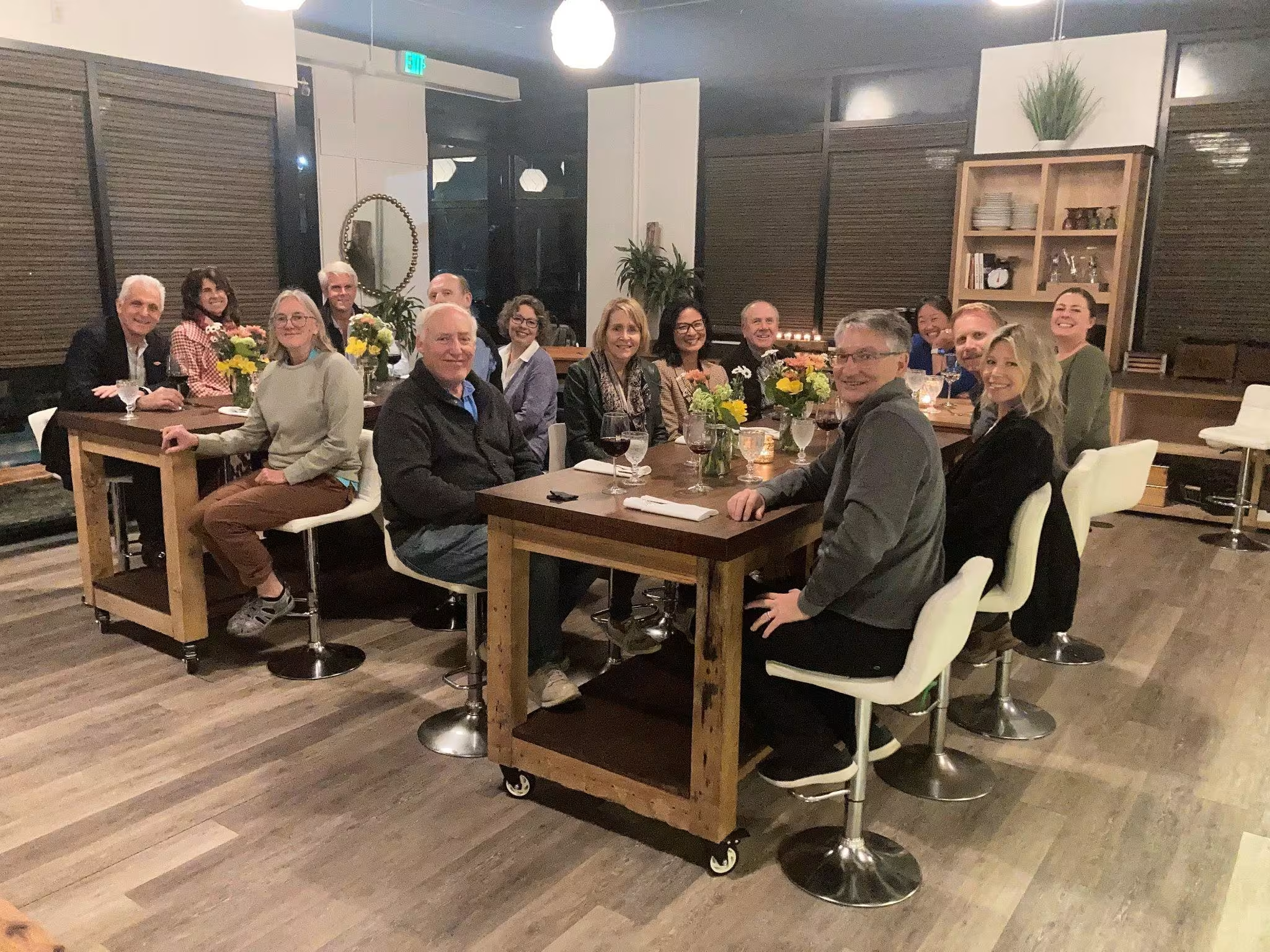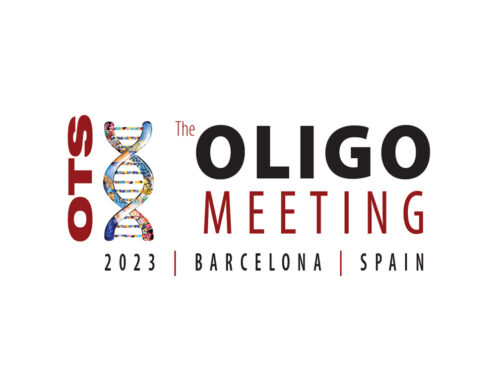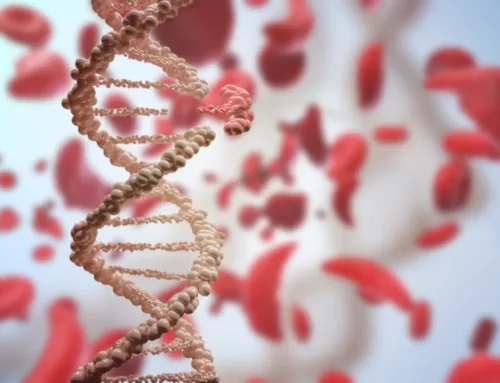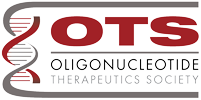OTS Member Highlight – Dr. Richard Geary

Dr. Richard Geary, current OTS President, has always been passionate about health and finding ways to improve people’s well-being. Born with a rare disease, he was in the medical spotlight at a young age; now, he’s known for his incredible contributions to the scientific field and his enduring work as the executive vice president and chief development officer at Ionis Pharmaceuticals.
Early Life: education and the limitless potential of RNA therapies
Knowing he wanted to help people, Richard studied Biology for his bachelor’s degree at Texas A&M University, then pursued his PhD at the University of Texas, College of Pharmacy. During college, he decided that his research direction would extend beyond helping a few, perhaps as a medical doctor, to encompass a broader vision of helping many people by discovering, researching, and bringing therapeutics to market.
Early in his career, he met a researcher — and future mentor — involved in the clinical development of antisense oligonucleotides. Richard was quickly hooked on the nearly limitless vision of a future of precise targeted medicine that could modify the expression of a target at its source, mRNA.
“It became obvious that this new horizon of RNA-based therapeutic strategies was largely undiscovered, and large gaps in our knowledge of RNA and ultimately the technology itself existed that provided huge opportunities for discovery and new biology,” he says.
Time at Ionis: discovering ways to transform the lives of sick patients to better health
Richard’s specialty has been in antisense medicines. He joined Ionis in 1995, where he became involved in almost every aspect of discovery and development and currently oversees preclinical development, clinical development, and clinical-stage manufacturing of these medicines. Under Dr. Geary’s leadership, Ionis submitted over 50 Investigational New Drug applications to regulatory agencies and achieved seven FDA and EU approvals. One of these drugs, Tryngolza, was not only the first treatment for adults living with familial chylomicronemia syndrome but also the company’s first independent commercial medicine.
“Ultimately, the most significant contributions led to approvals and access to new medicines to literally thousands of patients,” he says. “There is no better why than helping transform the lives of sick patients to better health!”
When asked to describe some of his most significant contributions to oligonucleotide research, Richard said that, “Teaming with medicinal chemistry and biology, the pharmacokinetics, biodistribution (1), and ultimately metabolism of ASOs was revealed, paving the path to innovative therapies.”
“Perhaps one of the ‘outside the box’ discoveries was the role of protein binding (3) in the distribution of these charged molecules [ASOs] and ultimately cell uptake,” he says, noting that the breakthrough contradicted the best understanding of unbound drug activity but ultimately made sense because the central compartment for ASO activity is within the cell. What followed was the remarkable journey in the discovery of subcellular distribution and kinetics.
The key to unlocking these mysteries, he explains, was the development and implementation of tools that measured intracellular location and drug levels. Working with analytical and synthetic chemists as well as cell biologists, his team created several patented tools that helped sleuth out the subcellular kinetics of ASOs.
“Collaboration cross-functionally was the key,” he explains. “Putting this together with the protein carriers, mostly non specifically, led to understanding how we might optimize the chemistry to enhance potency and half-life with optimized safety.”
About 15 years ago, Dr. Geary’s team also initiated the Ionis Integrated ASO Safety Database, which collects detailed information on the safety and tolerability of its ASO drugs. The database allows Ionis and its partners to understand safety trends, potential toxicities, and tolerability patterns across ASO compounds within a chemical class.
“This database is used to really better understand the safety concerns of these molecules, together with strategies to bring safer therapies forward,” he says.
Collaboration, Mentorship, and Advice: get involved and be fearless
The key to success, according to Richard, is collaboration across industry and academia.
“Very little, if any, research in our field is accomplished by a single individual,” he says, adding that these partnerships enable research to reach a broader audience and access. Ionis has also prioritized sharing data as early as possible while respecting proprietary information, he says. The company has published its safety database and clinical results in journals including The New England Journal of Medicine and The Lancet.
Throughout his career, he has had numerous mentors, with the most impactful being Stan Crooke, Art Levin, and Sol Stavchansky. Richard has also had the pleasure of serving as a mentor, helping brilliant young scientists, including more than half a dozen leaders at Ionis, as well as OTS mentees at the graduate student and early scientist levels.
For young researchers, his advice is to explore your passions, engage in academia and industry, and get involved in societies like OTS, where you can actually see the whole field and interact with people who are involved in the research. He also encourages young scientists to face risks without fear, find the gaps in the field and fill them, and be unafraid to chart their own course and innovate.
Developments, obstacles, trends, and artificial intelligence in the field
Although not every research avenue is successful, the process can still be compelling; for Richard, his investigation into the challenge of oral delivery of ASOs (4) was one such example. Despite co-authoring two key human studies on oral antisense delivery (4, 5), which reported the first effective oral absorption of the drug in human subjects, further research revealed that the molecule needed to be at least 100 times more potent to make oral dosing clinically feasible. However, the research furthered the field’s understanding, and the latter paper was awarded the 2009 Ebert Prize, which recognizes original investigations of medicinal substances. He also conducted preclinical and clinical research exploring how antisense drugs could be applied in the oncology field; however, the research to date has not translated into effective therapies for cancer patients.
Richard considers the multiple new chemical modifications used in experimental medicines in clinical trials to be a significant development in the field, including Mesyl ASOs, NMA ASOs, and siRNA with patented chemical modifications, as well as new Tfr1LICAs (LMW–bicycle peptides and proteins). As for current trends and future directions in the field, he looks to combination therapy, blood-brain barrier delivery, annual dosing, and delivery to immune cells.
“Focusing on patient-centric drug development is key,” he says. “Innovation in delivery technologies, particularly in chemistry, is enabling progress in antisense, siRNA, and CRISPR modalities.”
As artificial intelligence and machine learning continue to gain prominence in society, these technologies are also playing a role in advancing oligonucleotide research. Dr. Geary explains that machine learning can be used for the chemistry structure-activity relationship (SAR) and sequence effects within chemical classes. He believes the technology will aid in speeding discovery to optimal medicines, target finding in broad genome databases, and helping to improve efficiencies in regulatory filings.
While the oligonucleotide field is rapidly growing, several key obstacles still need to be overcome, including achieving delivery outside the brain and liver, reducing intrathecal administrations to once a year, and overcoming the blood-brain barrier. However, despite these challenges, Dr. Geary says several siRNA and ASO drugs are already on the cusp of becoming mainstream treatments, such as Inclisiran, which reduces cholesterol, Spinraza, used to treat spinal muscular atrophy, and TTR silencing drugs used to treat transthyretin amyloidosis (ATTR).
“All three are either achieving ‘blockbuster market achievement’ or fast approaching, with more coming.”
Personal Insights: work, family, and faith
With more than 50 investigational new drug applications and six successful antisense medicines, Richard’s busy professional life could easily be his main focus, but family remains a top priority. His faith plays a significant spiritual role in integrating all aspects of his life, and he sets boundaries to ensure balance and also builds in time for hobbies like fly fishing, tennis, pickleball, water sports (lives on the big ocean), and reading books in a wide variety of genres.
“Mental and physical health requires ongoing and disciplined activity outside and inside of work,” he says.
Retirement from Ionis and future directions
After thirty years at Ionis Pharmaceuticals, Richard recently announced he will retire in January 2026. As he embarks on this next phase, he hopes to be remembered as a man who cared for his colleagues, patients, and their families, with the drive and passion to bring innovative treatments to those who need them most.
To stay up to date with Dr. Geary’s latest research and contributions, you can follow the Ionis and Alnylam press releases and publications and get involved with OTS, DIA, and TIDES. To read the studies that he chose to highlight, see the list of references below.
Highlights of Dr. Geary’s work by topic:
Subcellular distribution and cell uptake Project:
- Geary RS, Norris D, Yu R, Bennett CF. Pharmacokinetics, biodistribution and cell uptake of antisense oligonucleotides. Adv Drug Deliv Rev. 2015 Jun 29;87:46-51. doi: 10.1016/j.addr.2015.01.008. Epub 2015 Feb 7. PMID: 25666165.
- Geary, R.S.; Wancewicz, E.; Matson, J.; Pearce, M.; Siwkowski, A.; Swayze, E.; Bennett, F.; Effect of Dose and Plasma Concentration on Liver Uptake and Pharmacologic Activity of a 2′-Methoxyethyl Modified Chimeric Antisense Oligonucleotide Targeting PTEN. Biochem Pharmacol, 2009. 78(3): p. 284-91.
The Role of Protein Binding in ASO biodistribution:
- Watanabe TA, Geary RS, Levin AA. Plasma protein binding of an antisense oligonucleotide targeting human ICAM-1 (ISIS 2302). Oligonucleotides. 2006 Summer;16(2):169-80. doi: 10.1089/oli.2006.16.169. PMID: 16764540.
Oral Delivery of ASOs:
- Tillman LG, Geary RS, Hardee GE. Oral delivery of antisense oligonucleotides in man. J Pharm Sci. 2008 Jan;97(1):225-36. doi: 10.1002/jps.21084. PMID: 17721945.
- Raoof AA, Chiu P, Ramtoola Z, Cumming IK, Teng C, Weinbach SP, Hardee GE, Levin AA, Geary RS. Oral bioavailability and multiple dose tolerability of an antisense oligonucleotide tablet formulated with sodium caprate. J Pharm Sci. 2004 Jun;93(6):1431-9. doi: 10.1002/jps.20051. PMID: 15124202.
Tools development and application:
- Yu, R.Z.; Baker, B.; Chappell, A.; Geary, R.S.; Cheung, E.; Levin, A.A.; Development of an Ultrasensitive Noncompetitive Hybridization-Ligation Enzyme-Linked Immunosorbent Assay for the Determination of Phosphorothioate Oligodeoxynucleotide in Plasma. Anal Biochem, 2002. 304(1): p. 19-25.
- Geary, R.S.; Matson, J.; Levin, A.A.; A Nonradioisotope Biomedical Assay for Intact Oligonucleotide and its Chain-Shortened Metabolites Used for Determination of Exposure and Elimination Half-Life of Antisense Drugs in Tissue. Anal Biochem, 1999. 274(2): p. 241-8.
GalNAc LICA Clinical proof of concept
Initial POC in FIH Experience with GalNAc conjugation for ASOs:
- Crooke, S.T.; Baker, B.F.; Xia, S.; Yu, R.Z.; Viney, N.J.; Wang, Y.; Tsimikas, S.; Geary, R.S.; Integrated Assessment of the Clinical Performance of GalNAc3-Conjugated 2′-O-Methoxyethyl Chimeric Antisense Oligonucleotides: I. Human Volunteer Experience. Nucleic Acid Ther, 2019. 29(1): p. 16-32.
- Baker BF, Xia S, Partridge W, Kwoh TJ, Tsimikas S, Bhanot S, and Geary RS. Integrated Assessment of Phase 2 Data on GalNAc3-Conjugated 2′-O-Methoxyethyl-Modified Antisense Oligonucleotides. Nucleic Acid Ther., 2023.
- Baker BF, Xia S, Partridge W, Engelhardt JA, Tsimikas S, Crooke ST, Bhanot S, and Geary RS. Safety and Tolerability of GalNAc3-Conjugated Antisense Drugs Compared to the Same-Sequence 2′-O-Methoxyethyl-Modified Antisense Drugs: Results from an Integrated Assessment of Phase 1 Clinical Trial Data. Nucleic Acid Ther., 2024.
First Human PK and Translation from Preclinical for Second Gen ASO:
- Geary, R.S.; Yu, R.Z.; Watanabe, T.; Henry, S.P.; Hardee, G.E.; Chappell, A.; Matson, J.; Sasmor, H.; Cummins, L.; Levin, A.A.; Pharmacokinetics of a Tumor Necrosis Factor-Alpha Phosphorothioate 2′-O-(2-Methoxyethyl) Modified Antisense Oligonucleotide: Comparison Across Species. Drug Metab Dispos, 2003. 31(11): p. 1419-28.
Intrathecal Drug Population PK for Spinraza:
- Luu, K.T.; Norris, D. A.; Gunawan, R.; Henry, S.; Geary, R.S.; Wang, Y.; Population Pharmacokinetics of Nusinersen in the Cerebral Spinal Fluid and Plasma of Pediatric Patients With Spinal Muscular Atrophy Following Intrathecal Administrations. J Clin Pharmacol, 2017. 57(8): p. 1031-1041.
Translation PKPD for 2’MOE Oligo from Mouse to Man:
- Yu, R.Z.; Grundy, J.S.; Henry, S.P.; Kim, T.W.; Norris, D.A.; Burkey, J.; Wang, Y.; Vick, A.; Geary, R.S.; Predictive Dose-Based Estimation of Systemic Exposure Multiples in Mouse and Monkey Relative to Human for Antisense Oligonucleotides with 2′-o-(2-Methoxyethyl) Modifications. Mol Ther Nucleic Acids, 2015. 4: p. e218.
- Yu, R.Z.; Lemonidis, K.M.; Graham, M.J.; Matson, J.E.; Crooke, R.M.; Tribble, D.L.; Wedel, M.K.; Levin, A.A.; Geary, R.S.; Cross-Species Comparison of In Vivo PK/PD Relationships for Second-Generation Antisense Oligonucleotides Targeting Apolipoprotein B-100. Biochem Pharmacol, 2009. 77(5): p. 910-9.
- Yu, R.Z.; Kim, T.W.; Hong, A.; Watanabe, T.A.; Gaus, H.J.; Geary, R.S.; Cross-Species Pharmacokinetic Comparison from Mouse to Man of a Second-Generation Antisense Oligonucleotide, ISIS 301012, Targeting Human Apolipoprotein B-100. Drug Metab Dispos, 2007. 35(3): p. 460-8.
- Yu, R.Z.; Geary, R.S.; Monteith, D.K.; Matson, J.; Truong, L.; Fitchett, J.; Levin, A.A.; Tissue Disposition of 2′-O-(2-Methoxy) Ethyl Modified Antisense Oligonucleotides in Monkeys. J Pharm Sci, 2004. 93(1): p. 48-59.
- Sewell, K.L.; Geary, R.S.; Baker, B.F.; Glover, J.M.; Mant, T.G.; Yu, R.Z.; Tami, J.A.; Dorr, F.A.; Phase I Trial of ISIS 104838, a 2′-Methoxyethyl Modified Antisense Oligonucleotide Targeting Tumor Necrosis Factor-Alpha. J Pharmacol Exp Ther, 2002. 303(3): p. 1334-43.
New Biology Revealed Leading to New Drugs:
- Gaudet, D.; Alexander, V.J.; Baker, B.F.; Brisson, D.; Tremblay, K.; Singleton, W.; Geary, R.S.; Hughes, S.G.; Viney, N.J.; Graham, M.J.; Crooke, R.M.; Witztum, J.L.; Brunzell, J.D.; Kastelein, J.J.; Antisense Inhibition of Apolipoprotein C-III in Patients with Hypertriglyceridemia. N Engl J Med, 2015. 373(5): p. 438-47.


